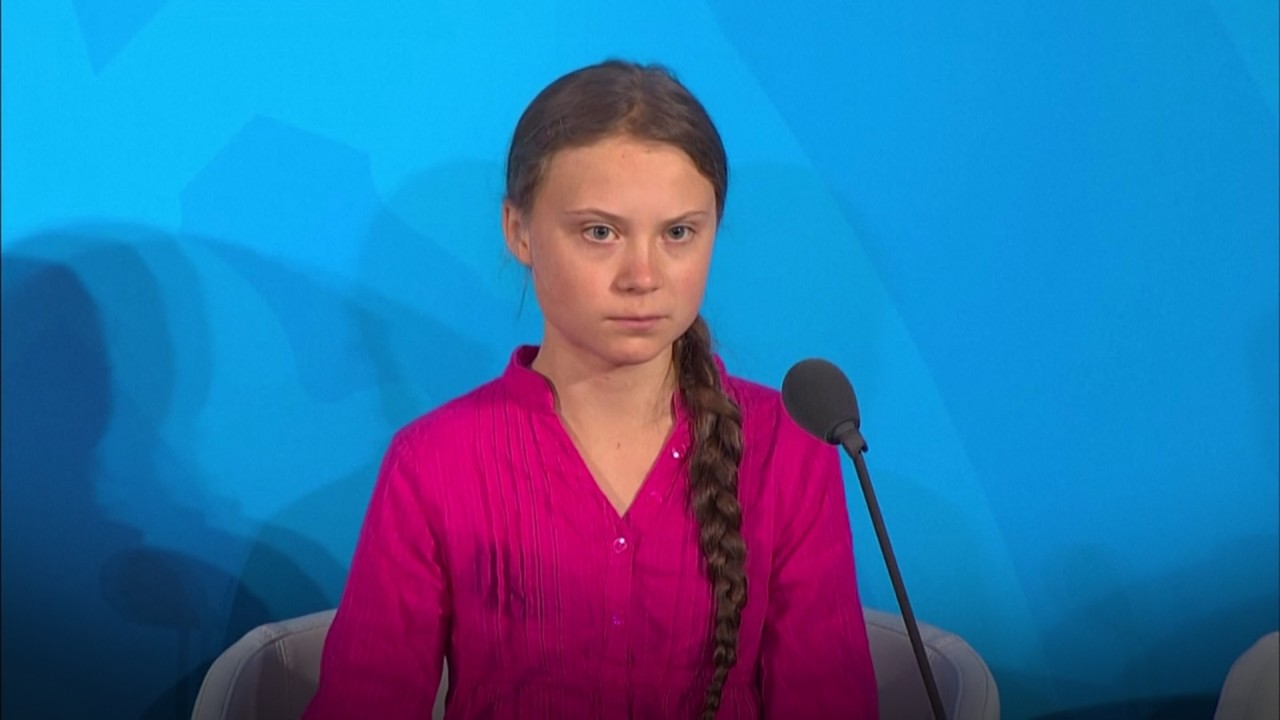
Letters | Coronavirus pandemic must not drown out children’s voices on climate change
- Although the pandemic has knocked climate change off the global political agenda, it remains a far greater threat to humanity. Children and youth’s futures are most at stake, and they must be heard when leaders address climate change
The global pandemic has shifted attention away from, and silenced much of the child- and youth-led buzz around the climate crisis that captured public attention last year. Our analysis of social media finds the number of online conversations about climate, which steadily rose during 2019, declined sharply in 2020 when Covid-19 emerged.

02:41
Teen climate activist Greta Thunberg makes emotional speech at UN Climate Action Summit
But although it has been knocked off the political agenda by the pandemic, the climate crisis remains a far greater threat to humanity than Covid-19.
With their futures most at stake, children and youth must be heard and their needs integrated when world leaders address the climate emergency. Asia-Pacific governments must be at the forefront because the region is home to half the world’s population and an estimated 1.2 billion people living in poverty.
China’s version of Greta Thunberg pays price for climate activism
We need an all-of-society approach. Implementing the right technical measures like improving energy efficiency is important, but first we need to focus on empowerment and inclusion. That means giving children and youth the tools and platforms they need to bring about lasting change.
Our children tried to warn us, but we didn’t listen. And now we are paying the price.
Niall O’Connor, Asia director, Stockholm Environment Institute, and Hassan Noor, Asia regional director, Save the Children

